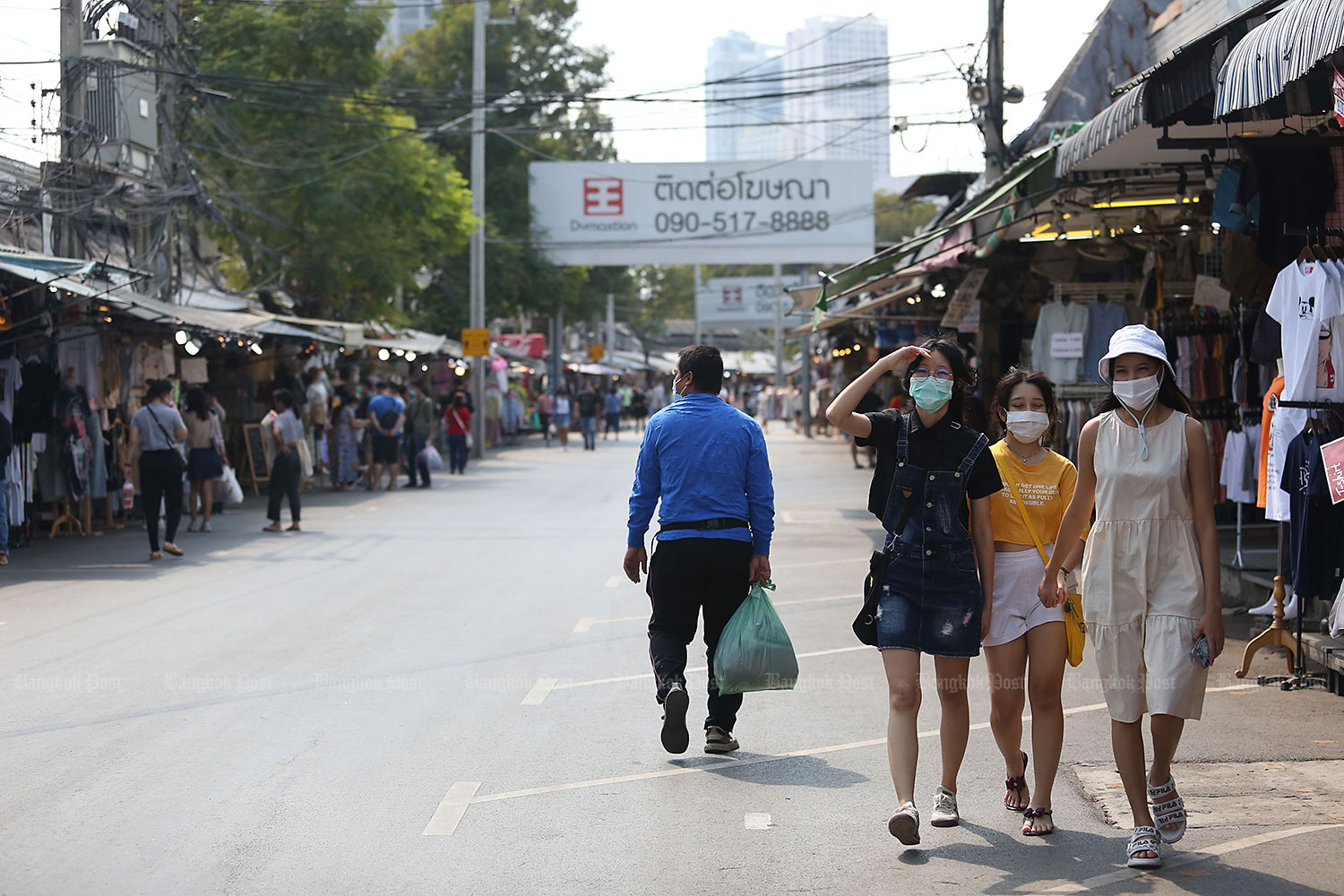
Thailand's slow economic recovery reflects the sustained damage wrought by the pandemic on international travel and tourism, in large part because of the slow reopening of borders in major markets, says Moody's Investors Service.
Lower economic growth and a concomitant rise in debt drove negative rating actions for Fiji (Ba3 negative) in June, Thailand (Baa1 stable) in April and Maldives (B3 negative) in May of 2020, said Moody's.
Shocks to the global tourism sector precipitated by the pandemic were attributed, to a certain extent, to a decline in GDP growth and higher public debt, said the international credit rating agency.
In April 2020, Moody's became the third credit rating agency, after Fitch Ratings and S&P Global Ratings, to downgrade Thailand's sovereign credit rating outlook to stable from positive, attributed to "deep economic shock" from the Covid-19 outbreak and existing political tensions.
"The effectiveness of governments in containing outbreaks will influence their ability to restore economic output to previous peaks," said Moody's.
"By contrast, China, Taiwan and Vietnam are among the few economies globally that will record growth in real GDP in 2020, and we expect them to build upon those gains in 2021."
Coronavirus infections were largely contained during the early stages of the pandemic in these countries, minimising supply chain disruptions and allowing for a more immediate recovery in domestic demand, while sustaining momentum in investment and exports, said Moody's.
Higher debt burdens across the board will underscore the role of macroeconomic policy effectiveness and investor confidence in sustaining funding conditions, according to Moody's.
"Debt burdens will stabilise around 2020 highs, rather than decline, given continuing stimulus. While we expect debt burdens in India and Mongolia to peak in 2020, and Malaysia and Thailand, among others, in 2021, for a significant number of countries, sovereign debt burdens will continue to rise in the medium term."
Thailand's public debt-to-GDP ratio stood at 50.5% as of November, with a value of 7.9 trillion baht, according to the Public Debt Management Office. The sum is considered the highest public debt threshold since the 1997 Asian financial crisis, when public debt-to-GDP climbed to 47.8%.
The public debt level is estimated to rise to 57% of GDP upon borrowing the full amount under the 1-trillion-baht emergency loan decree.
Moody's reiterated the reemergence of political turmoil in Thailand could dim its attractiveness as a destination for tourism and investment, undermining the outlook for a more rapid economic recovery, despite the success of its pandemic containment measures.
Protracted political tensions could also reduce the credibility and effectiveness of the institutional framework, hampering the authorities' ability to effectively execute macroeconomic policy or to enact major reforms to address issues such as an ageing population and labour skills formation.
